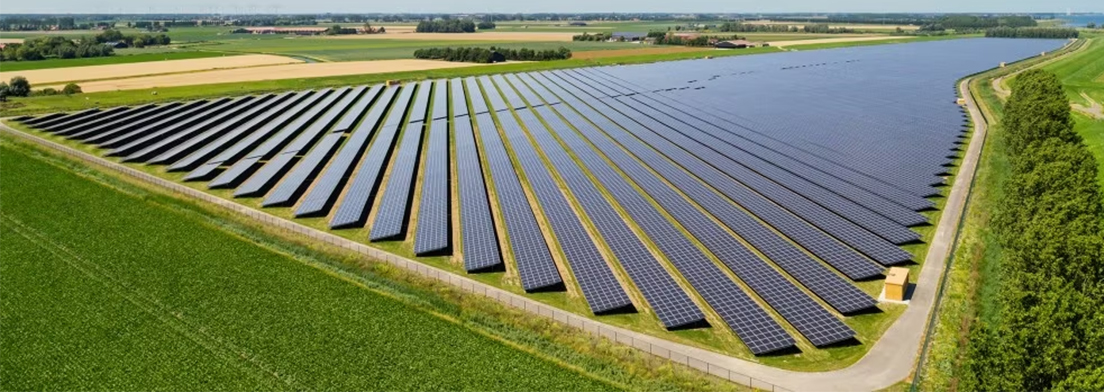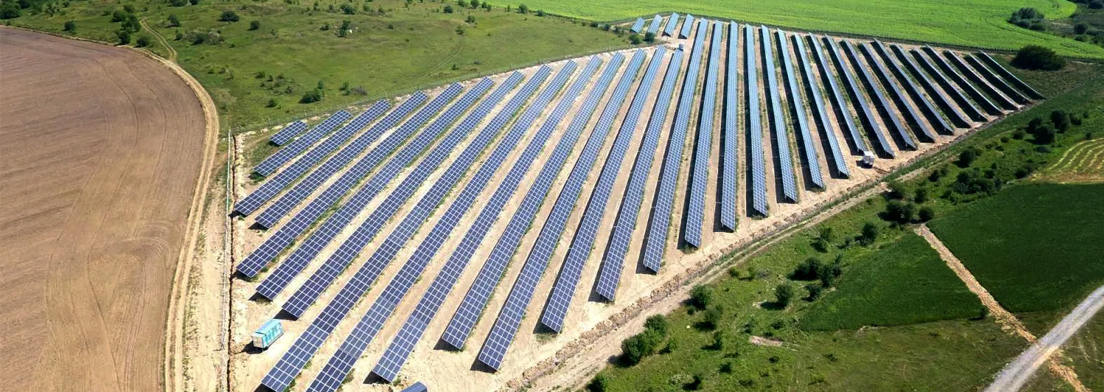As solar energy continues to grow in popularity, ground-mounted solar systems are becoming a preferred choice for homeowners, businesses, and utility-scale projects. Properly anchoring solar panels to the ground is essential to ensure system stability, durability, and efficiency. In this guide, we’ll explore the different methods used to anchor solar panels securely to the ground and the key factors to consider when choosing the best solar panel mounting solution.
Unlike rooftop solar systems, ground-mounted solar panels are installed on open land, making them more flexible in terms of positioning and angle adjustments. They are ideal for large-scale solar farms, residential backyards, or commercial applications where roof space is limited.
To ensure a stable and long-lasting installation, it’s crucial to choose the right anchoring method based on soil type, climate conditions, and project scale.

Ground screws are an efficient and widely used anchoring method for solar panel installations. These large, threaded steel rods are drilled into the ground to provide a strong foundation for the pv mounting structure.
Best for: Soft soil, sand, and areas with minimal rock content
Advantages:
· Fast installation without concrete
· Reusable and environmentally friendly
· Suitable for temporary and permanent installations
Concrete footings offer the most secure anchoring for ground-mounted solar panels, providing stability in challenging environments. This method involves digging holes, placing support posts, and pouring concrete for a rock-solid foundation.
Best for: Rocky, uneven terrain, and areas with high wind loads
Advantages:
· Long-lasting and durable
· Withstands extreme weather conditions
· Ideal for utility-scale projects
Driven piles involve hammering steel or aluminum posts deep into the ground to create a sturdy base for the solar mounting system. This technique is commonly used in large-scale solar farms.
Best for: Hard soil, clay, and commercial solar projects
Advantages:
· Quick installation with heavy machinery
· No need for concrete
· Strong resistance to uplift forces
Ballasted solar mounting systems use heavy concrete blocks to secure solar panels without penetrating the ground. This method is ideal for locations where digging is not an option, such as landfills or leased properties.
Best for: Sites with excavation restrictions, unstable soil
Advantages:
· Non-invasive and easy to remove
· No drilling or ground penetration required
· Ideal for temporary installations

When deciding on the best anchoring solution for your ground-mounted solar panels, consider the following factors:
Soil Type: Sandy soil may require ground screws, while rocky terrain is better suited for concrete foundations.
Wind & Snow Load: High-wind areas need reinforced anchoring, such as driven piles or concrete bases.
Installation Speed: Some methods, like ground screws, allow for faster installation without waiting for concrete curing.
Project Budget: Concrete foundations are durable but costly, while ballasted systems provide a budget-friendly alternative.
Environmental Impact: Reusable and non-invasive methods, such as ground screws and ballasts, are more eco-friendly.
Anchoring solar panels to the ground is a crucial step in ensuring a stable and long-lasting solar installation. Whether using ground screws, concrete foundations, driven piles, or ballasted mounts, the right method depends on soil conditions, weather factors, and budget considerations. By choosing the most suitable anchoring solution, you can maximize the efficiency and lifespan of your solar energy system.

 Xiamen TopFence Co.,Ltd.
Xiamen TopFence Co.,Ltd. No. 77, LingXia South Road, Huli District, Xiamen City, Fujian, China
No. 77, LingXia South Road, Huli District, Xiamen City, Fujian, China Tel: +8613365923720
Tel: +8613365923720
 Email: info@xmtopfence.com
Email: info@xmtopfence.com
 IPv6 network supported Sitemap
| XML
| Blog
| Privacy Policy
IPv6 network supported Sitemap
| XML
| Blog
| Privacy Policy


